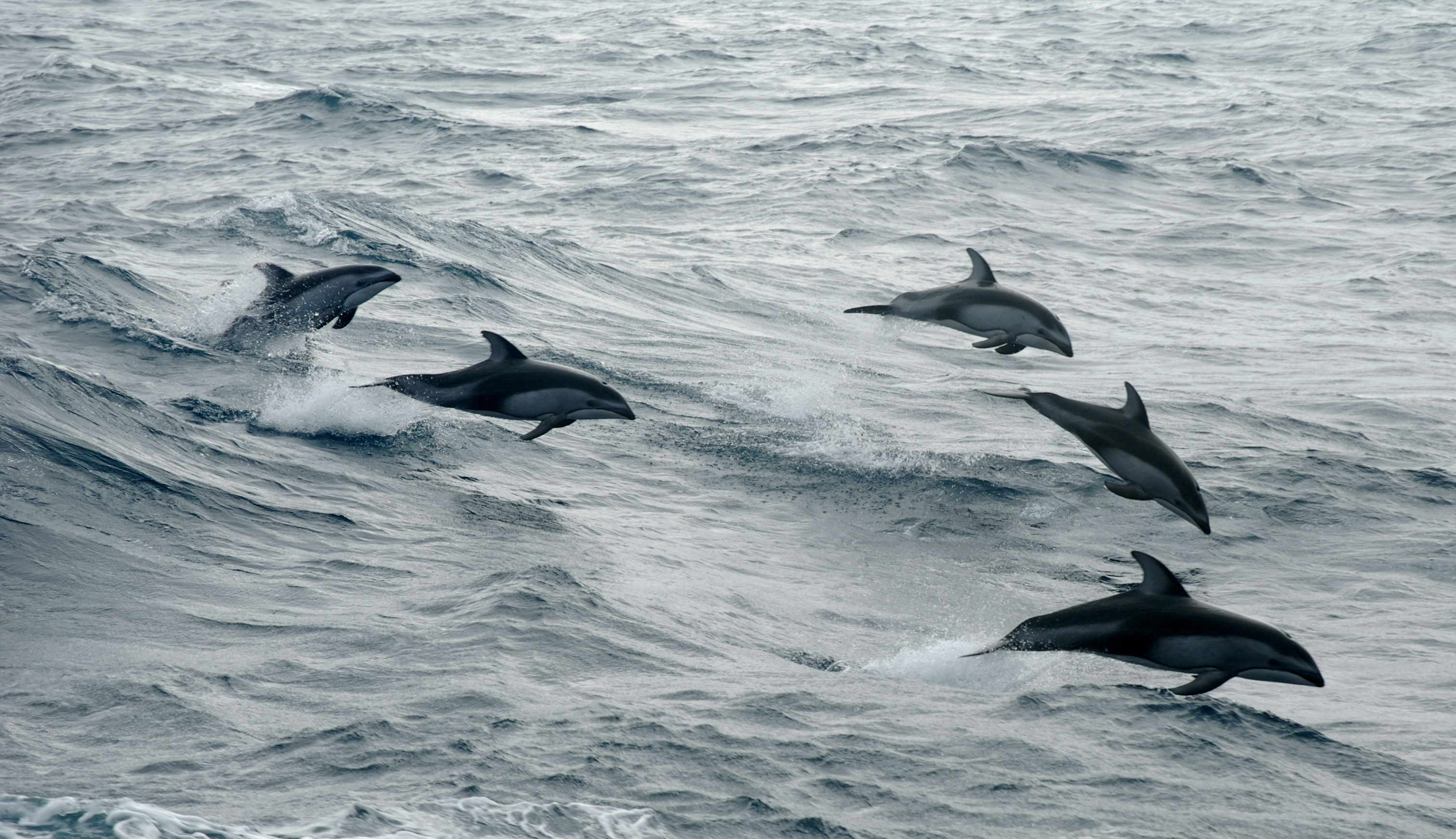Researchers at the National Marine Mammal Foundation (NMMF) and Western EcoSystems Technology, Inc. (WEST) have instigated a new identification system which has the potential to greatly improve the speed and efficiency of their dolphin conservation efforts.
The open source software, known as finFindR, is able to rapidly sift through thousands of archive photos used to identify individual dolphins by the unique shape and accents of their dorsal fins. Identifying dolphins by looking at their fins is a technique that has been used for decades, however traditionally, matching an archive photo to a recent one from the wild was done by the human eye – which could take many hours and even days.
On the other hand, finFindR can perform the same task almost instantaneously, sifting through over ten thousand reference images in only a few seconds. Dr Lori Schwacke, NMMF Chief Scientist for Conservation Medicine, has been using the new system to monitor dolphins living in regions of the Gulf of Mexico hit by the 2010 Deepwater Horizon oil spill. She explained:
“Each time we photographed a dolphin, we had to search through thousands of photos of known individuals to determine if it could be matched. finFindR changes that. It saves researchers invaluable time and money, allowing us to significantly expand our studies of dolphin populations, and conduct those studies more quickly.”
The system developed by NMMF and WEST utilises image recognition software, similar to Google’s facial recognition tool that was originally developed to recognise human faces in photos. Many smartphones, digital cameras and social media platforms now feature similar technology. With a few tweaks to the code and the algorithms behind the software, the finFindR artificial intelligence was adjusted to recognise the various nicks and notches which mark individual dolphin dorsal fins.
This isn’t the first time facial recognition software has been modified for conservation work. Another project is attempting to rework the technology to recognise a whole host of different animals in the African savannah. The developers behind this project hope the software could even become sophisticated enough to identify the health status of the animal photographed, as well as identify their poachers.
And finFindR has already been able to produce some promising results. In two tests conducted on NMMT and WEST’s image archives, the software was able to identify the correct dolphin 88 per cent of the time. And those times that it didn’t select the right dolphin, it still managed to place them in the top ten possible matches 93 per cent of the time. The speed at which it achieves this also greatly reduces the costs of these monitoring efforts.
Like many marine mammals, dolphins are facing increasing challenges in our seas and oceans. Rising sea temperatures – which can affect breeding and migration patterns – and overfishing have conspired to reduce the number of prey fish available to them, while non-selective fishing methods also kill up to three hundred thousand dolphins, whales and porpoises a year. Dolphins have also been known to fall victim to plastic garbage floating in our oceans.
To promote global dolphin conservation efforts, finFindR is now being offered free of charge to organisations operating in the field.






